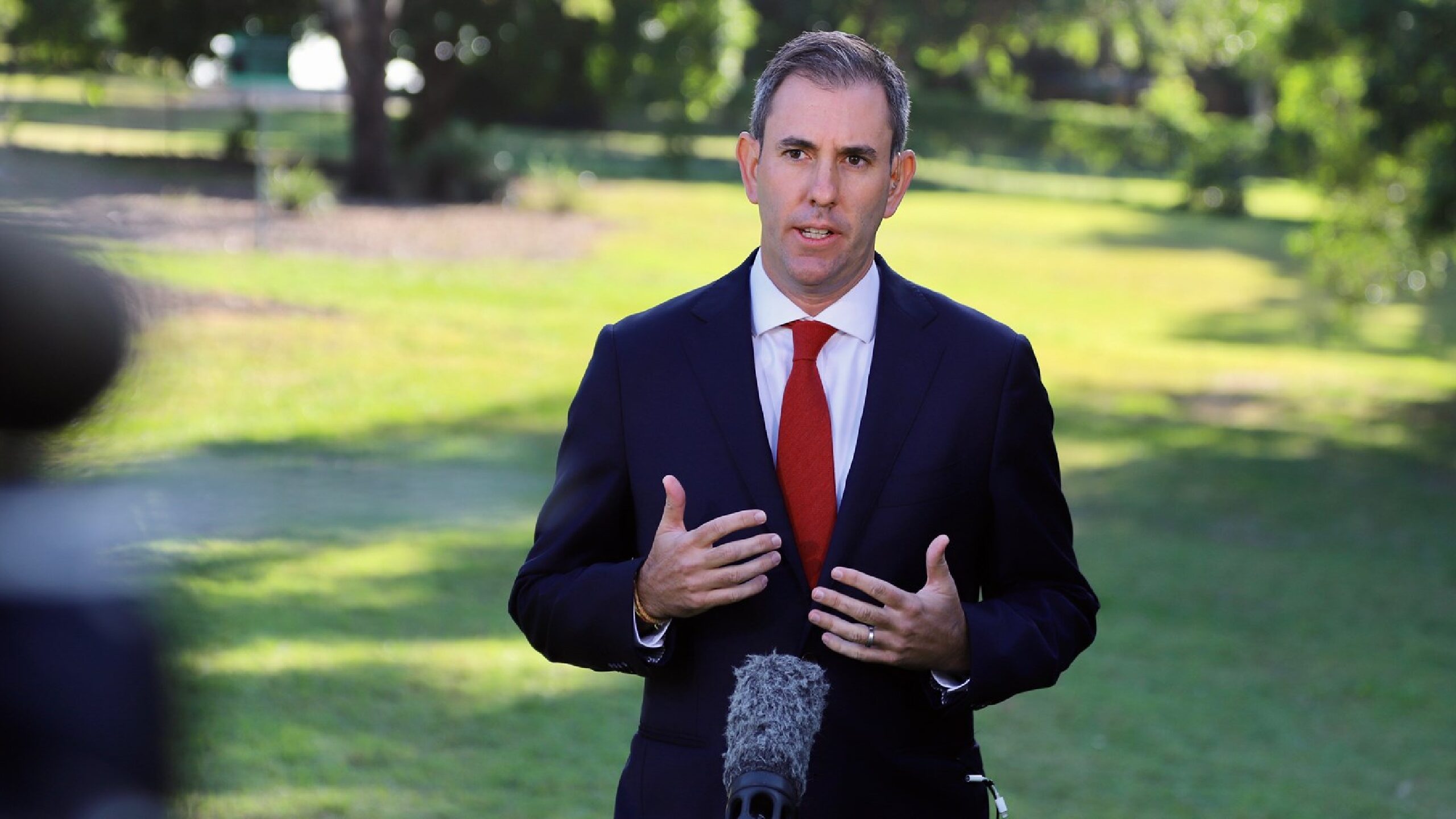ABS figures show self-funded retirees sheltered from the scourge of inflation
All households experienced a jump in living costs in the three months to 31 March 2024, with health, insurance and financial services and food and non-alcoholic beverages the main contributors to higher prices.
Figures from the Australian Bureau of Statistics (ABS) show all five Living Cost Indexes (LCIs) – pensioner and beneficiary, employee, self-funded retiree, aged pensioner and other government transfer recipients – increased between 0.7 per cent and 1.7 per cent in the quarter.
In the 12 months to 31 March 2024, the five LCIs rose between 3.3 per cent and 6.5 per cent. Employee households headed the quarterly increases with a 1.7 per cent gain and the annual rises at 6.5 per cent. [LCIs measure the price change of goods and services and its effect on living expenses of selected household types.]
The remaining four household types recorded annual rises in living costs of between 3.3 per cent and 4.4 per cent. Insurance and financial services and food and non-alcoholic beverages were the main annual contributors across these household types.
Higher premiums for house, home contents and motor vehicle insurance over the past year have resulted in the highest annual growth in insurance costs across most of the household types since LCIs were first published in June 2000.
Strong rises in mortgage interest charges over the past year also contributed to the annual rise in living costs across most household types.
For retirees, rising prices is bad news, especially for those on fixed incomes. But self-funded retirees, whose primary source of income is superannuation or property income, suffered the least from rising prices due to falling prices for holiday travel and accommodation compared with other household types.
In the March quarter, in particular, international holiday travel and accommodation prices fell due to lower demand following the peak December holiday period.
Self-funded retiree households also benefited from having the lowest proportion of expenditure for mortgage interest charges among the household types, contributing to the weaker rise.
Rising health costs were the primary reason for age pensioner living costs increasing (up 1.1 per cent for the quarter). The cost of pharmaceutical products and medical and hospital services rose due to the cyclical reduction in the proportion of consumers who qualify for subsides under the Pharmaceutical Benefits Scheme (PBS) and Medicare Safety Net, with the safety nets for both resetting from 1 January each year.
Age pensioner households pay concession prices for pharmaceutical products and recorded a larger rise from the safety net threshold resetting compared with non-concession households. The PBS co-payment also changed from 1 January 2024 resulting in a larger rise for concession households compared with non-concession households.
Insurance and financial services costs rose due to increases in mortgage interest charges as the residual impact of banks passing on the Reserve Bank’s cash rate rise in November 2023 to variable rate home loans, as well as the continued rollover of expired fixed-rate to higher variable rate home loans, work their way through the system.
Food and non-alcoholic beverage prices rose across all household types, driven by non-alcoholic beverages and fruit and vegetables. Non-alcoholic beverages rose due to price increases for soft drinks reflecting higher input costs. Fruit and vegetables rose due to wet weather conditions reducing supply of some vegetables.
But it was employee households on which inflation exacted the heaviest toll in the March quarter, rising to 1.7 per cent, up from 1.1 per cent in the December 2023 quarter. The rise is driven by an increase in mortgage interest charges that comprise a higher proportion of expenditure for employee households. Mortgage interest charges rose seven per cent in the March 2024 quarter, up from 5.4 per cent in the December 2023 quarter.
Education also contributed to the rise for employee households in this quarter, rising to 5.8 per cent because of higher school fees for primary and secondary education, as well as tertiary education, following the indexation of higher education course fees at 1 January 2024.









